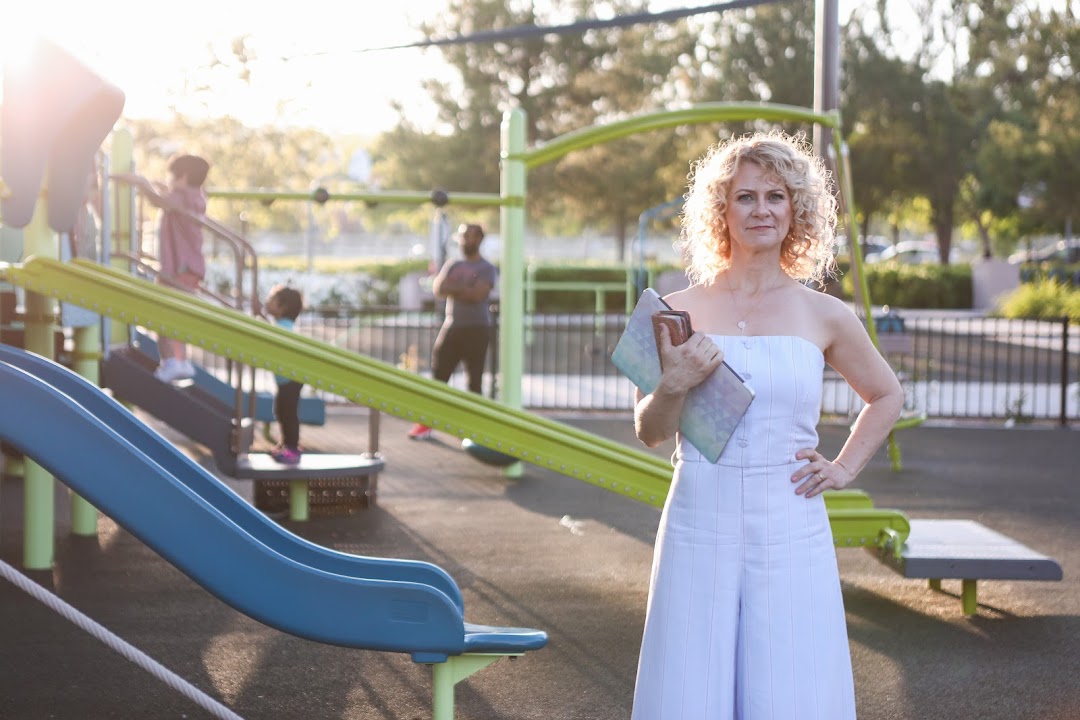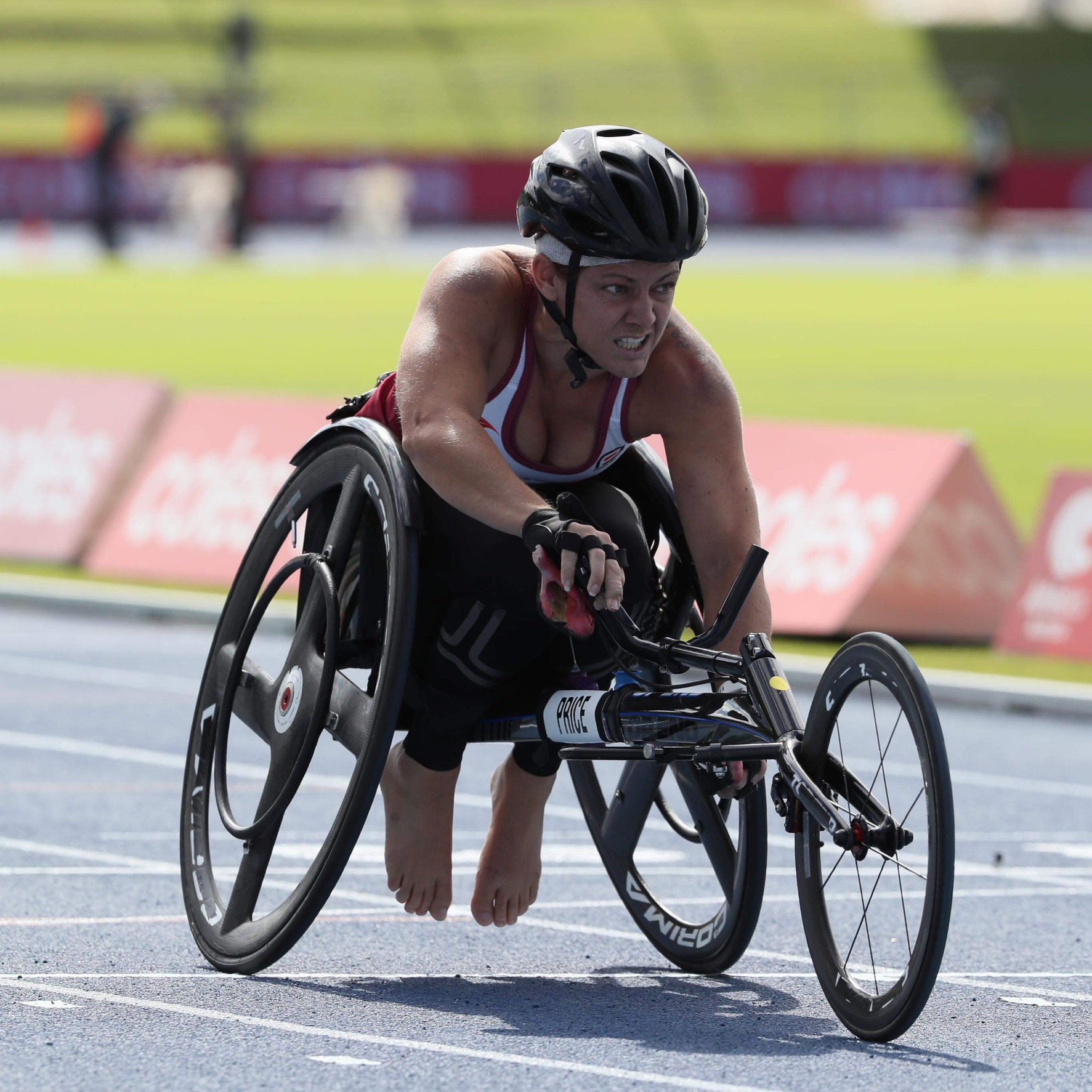Saving your mouth with virtual surgery
Bob Bevins was doubtful that surgery could restore his speech and ability to swallow after being diagnosed with oral cancer, but he was willing to try.
After all, this was no straightforward operation. It involved a complex 10-hour procedure to remove the tumour, which doctors feared had started to grow into his jaw bone. Two surgeons based at St. James Hospital in Dublin, Ireland worked together: While one was removing the tumor, the lymph nodes and parts of the jaw, the other was taking bone from Bob’s left leg to reconstruct the jaw segment that had been taken out.
“The success of this procedure would not only determine how much further treatment Bob would need, such as radiation and chemotherapy, but also how much of his speech and ability to swallow would be restored, ” his surgeons explain. Based on a set of computerised tomography (CT) scans, which created cross-sectional images of the bone, blood vessels and soft tissues, Bob’s data was uploaded to a web application simulating, in 3D images, his skull and jaw as well as his leg bone and the bone tissue to be transplanted (graft).
This important planning step enabled the surgeons to see what parts of the jaw were affected, and to design the graft from the leg that was needed to replace the respective jaw segment and reconstruct Bob’s mouth. “Virtual or digital surgery planning can be more efficient and accurate, increasing the chance of improved patient outcomes,” say the surgeons. “In Bob’s case, it helped to identify bone and graft positionings based on a personalised patient proposal” which increased the likelihood of successfully reconstructing Bob’s jaw, including its functions. Still, the odds were against him.
Three weeks after the surgery, however, Bob had regained his speech and his ability to swallow. Both he and his surgeons are extremely satisfied with the results, with the surgeons expressing their confidence that Bob has been cured. Now that he can speak again, Bob warns people not to pick up that first cigarette: “You’re not smoking for over 50 years without it doing something, you know.”
Looking after your oral health isn’t just about brushing your teeth. An unhealthy diet that’s too high in sugar, tobacco use, alcohol abuse and poor oral hygiene can all contribute to oral diseases, which are specifically linked to diabetes, heart disease, respiratory disease and some cancers. Oral cancer is one of these. It’s among the ten most common cancers and may significantly affect any part of your mouth including: lips, gums, tongue, throat, inner lining of the cheeks, roof of the mouth and floor of the mouth. Oral cancer can be life threatening if not diagnosed and treated early.
This year’s World Oral Health Day theme is ‘Say Ahh: Act on Mouth Health’ and aims to motivate people to take charge of their own oral health by taking specific action to prevent oral disease and safeguard their overall health.






